Rising from the Flames: The Impact of Wildfires on California's Ecosystem
Loss of Biodiversity

Bushfires can be absolutely gutting for wildlife, as they often wipe out habitats that are home to a huge variety of plant and animal species. Picture a thick forest teeming with life, suddenly turned to nothing more than blackened remains.
The kind of destruction that's happening is putting the survival of certain species at risk, particularly those already on the edge of extinction. For example, the California condor, a bird that's already in a pretty precarious position, is facing even more danger due to the ongoing threat of bushfires to its habitat.
With every bushfire, ecosystems lose their delicate balance of life, making it tougher for species to bounce back and survive. In this sense, the loss of biodiversity is not just about the extinction of individual species, but about the collapse of entire ecosystems.
Soil Degradation
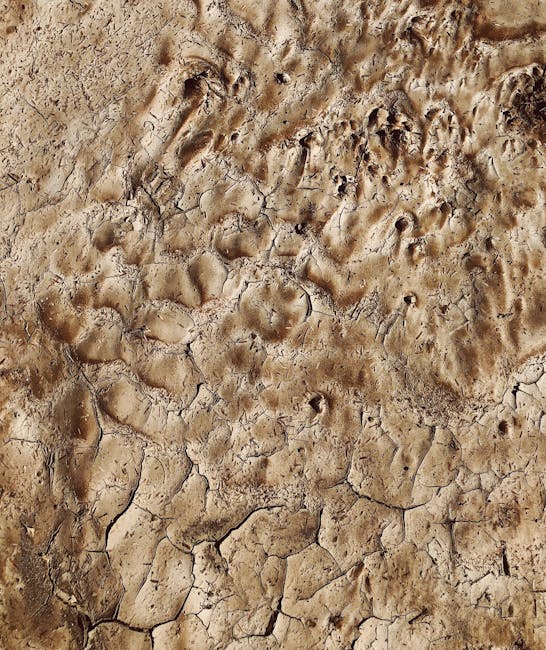
The intense anger of bushfires runs deep, as severe fires can cause significant damage to the soil. These fires burn up organic matter, leaving the soil bare and stripped of its vital nutrients.
Without this vital natural layer, the soil's fertility is compromised, making it harder for plants to grow and recover. Also, the loss of plants leaves the soil exposed to erosion, and wind and water can easily carry it away.
This erosion not only strips the land bare but also washes pollutants into nearby waterways. The cycle of soil degradation and erosion can be tough to stop, resulting in ongoing ecological damage.
Water Quality Impacts
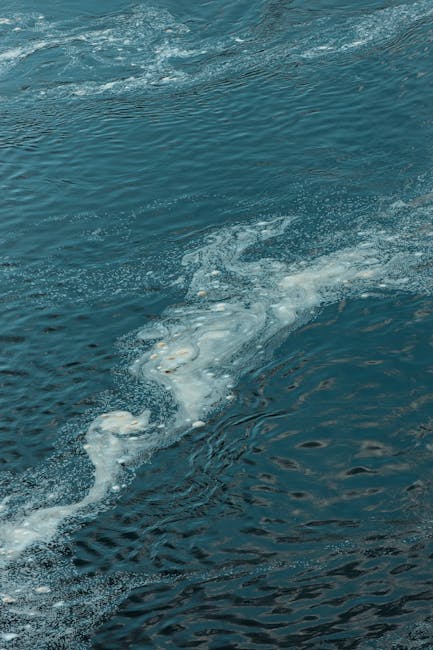
As bushfires sweep through forests, they leave behind a trail of ash and debris that can significantly affect water quality. When rain falls on these burnt areas, it washes the ash into rivers and reservoirs, contaminating the water supply.
This has a major impact not only on the aquatic life that depends on these waterways but also on the people who rely on them for their drinking water. Moreover, the increased erosion from fires can cause sediment to build up in these water bodies, reducing their capacity and altering the flow of water.
This leads to a complex mix of influences that worsen water quality, creating difficulties for water management and conservation initiatives.
Forest Regeneration

While bushfires are often seen as destructive, they play a crucial role in the regeneration of certain ecosystems. For instance, scrublands and some pine forests require regular fires for seed germination and regrowth.
Bushfires clear out dense undergrowth, allowing sunlight to reach the forest floor and encouraging new growth. However, the increasing frequency and intensity of bushfires can disrupt this natural process.
When bushfires happen too frequently, they can stop these ecosystems from fully recovering, leading to lasting changes to the environment. It's a tricky balance, where bushfires can be both a destroyer and a renewer, yet too many of them can tip the scales.
Wildlife Displacement
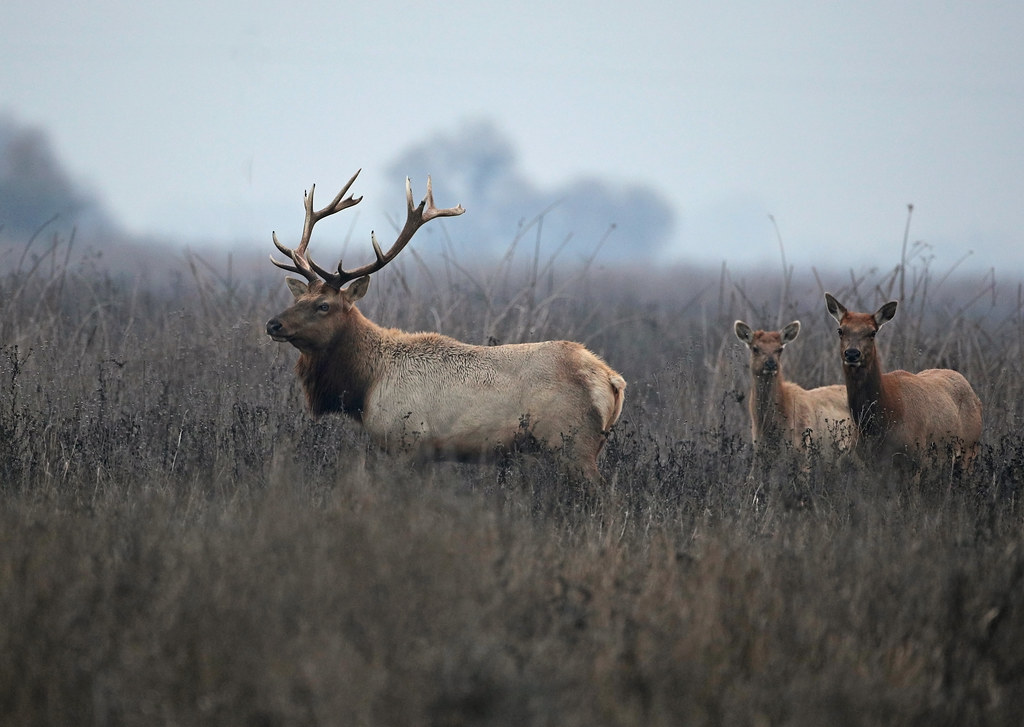
As blazes creep into their homes, wildlife's forced to abandon their habitats, resulting in mass displacement. Imagine a mob of deer, once calmly munching away, now frantically trying to get out of the way of the inferno.
These animals must find new habitats, which can lead to increased competition for limited resources. As they move into unfamiliar territories, conflicts with people may occur, particularly in areas where urban development meets bushland.
This displacement not only affects the animals themselves, but also the ecosystems they're part of, with new dynamics arising and existing ones being disrupted.
Carbon Storage Loss
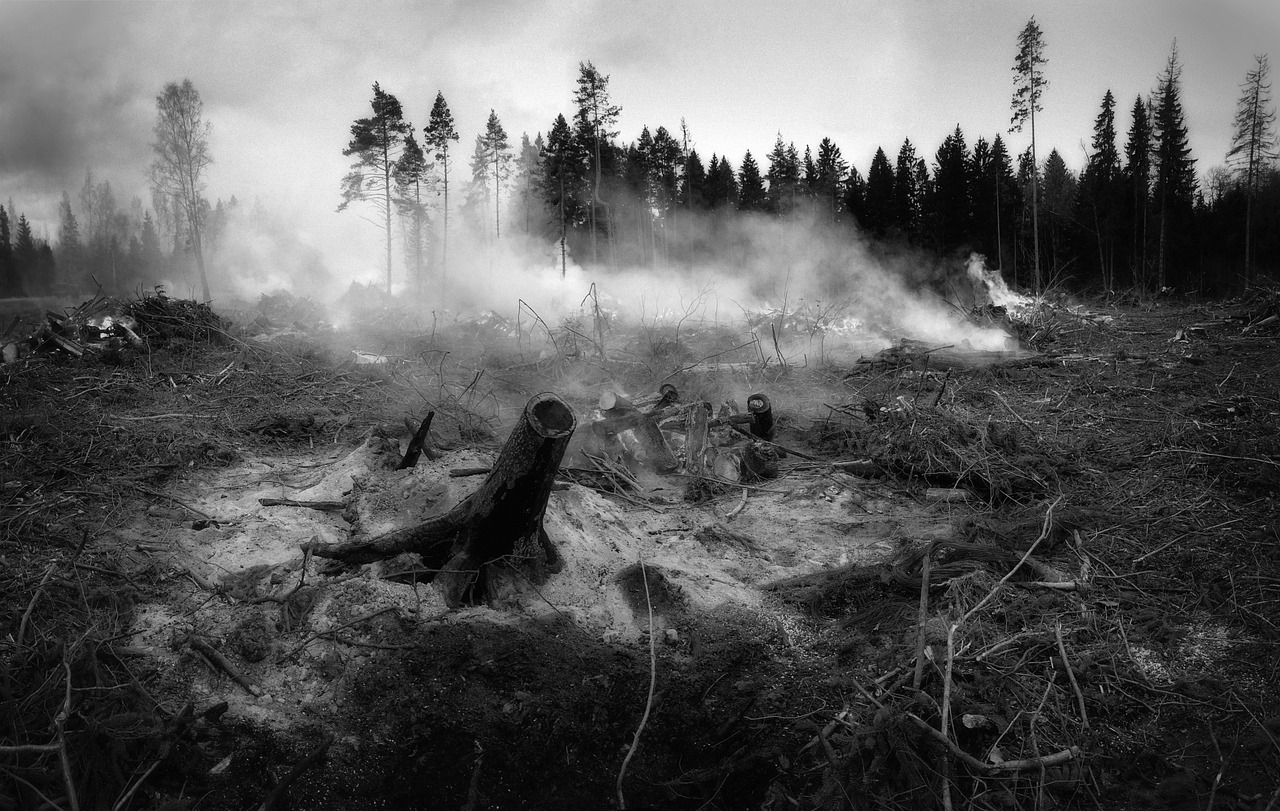
Bushlands are crucial carbon sinks, taking in carbon dioxide from the air and reducing the impact of climate change. Nevertheless, when bushfires rip through these bushlands, they release the stored carbon back into the air, which adds to global warming.
This loss of carbon storage has a two-way impact, not only making climate change worse but also making it harder for the forest to recover. As the temperature keeps rising, the chance of future bushfires grows, creating a cycle that's hard to get out of.
The challenge is in figuring out how to manage and restore these carbon sinks so the ecosystem and climate can get back into balance.
Invasive Species Proliferation
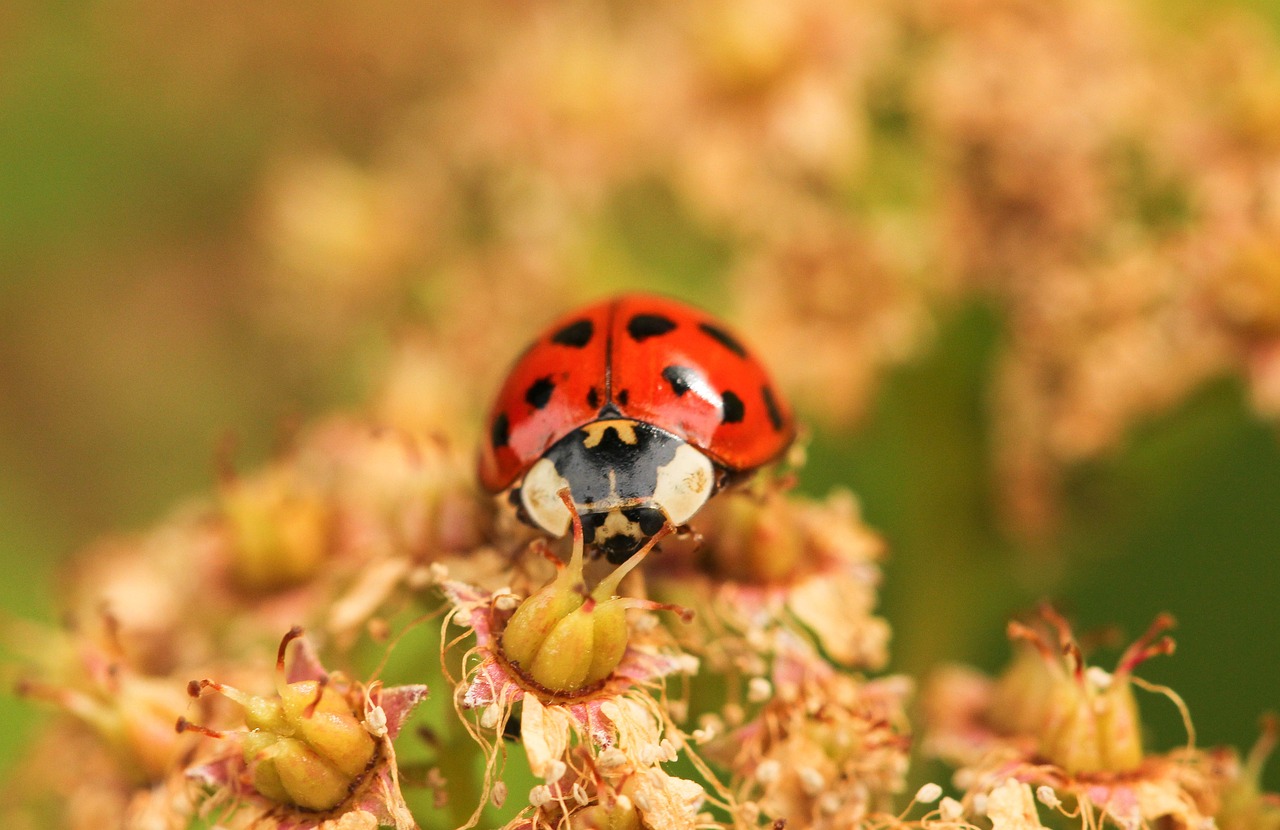
After a bushfire, the landscape is often left susceptible to invasion by non-native species. Plants like cheatgrass, which aren't originally part of the ecosystem, can quickly establish themselves and spread.
These invasive species outcompete native plants for resources, altering natural fire patterns and increasing the likelihood of future fires. The presence of these invaders can change the ecosystem composition, leading to long-term ecological changes.
Managing feral wildlife in the aftermath of a bushfire is a top priority, as it gives native wildlife a fair go to take back their spot in the environment.
Riparian Zone Vulnerability
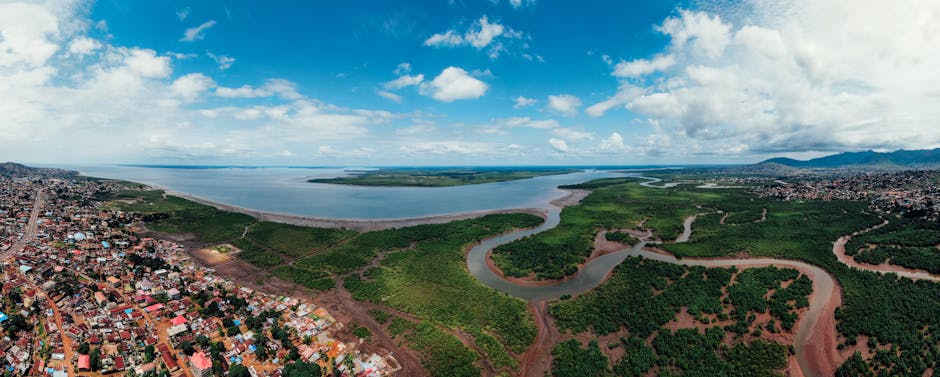
Watercourse edges, the lush areas alongside streams and rivers, are particularly susceptible to the effects of bushfires. These ecosystems are vital for water management and biodiversity, providing a habitat for a diverse range of species.
When a bushfire rips through these regions, it can wipe out vegetation and disrupt the natural water flow. The loss of native plant cover ups the risk of soil erosion, which can contaminate water and damage habitat conditions.
Looking after and fixing up the areas around rivers and creeks after a bushfire is crucial for keeping the whole environment healthy, as they're vital for supporting life in and around the waterways.
What are your thoughts on this topic? Share your thoughts in the comments below – we'd love to hear from you! Want more stories like this? Follow us and don't miss out on any of our updates!
Posting Komentar